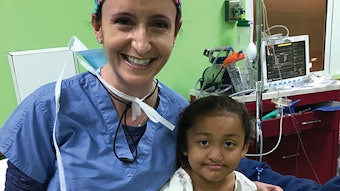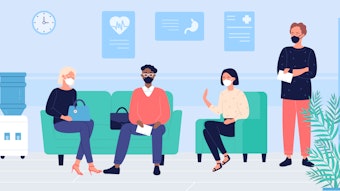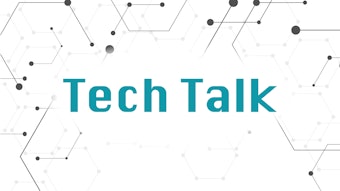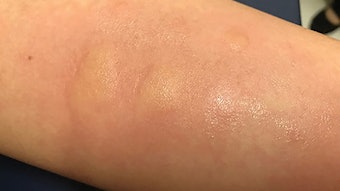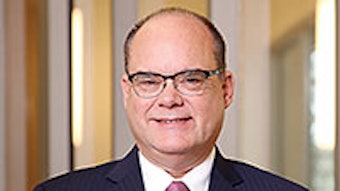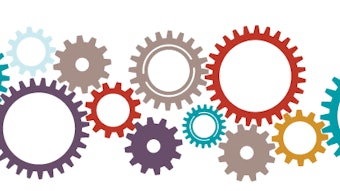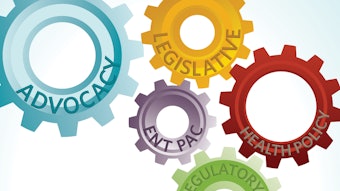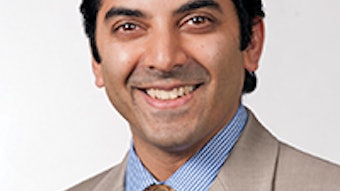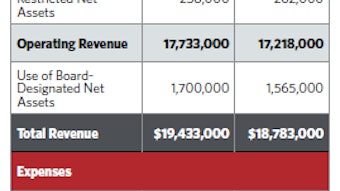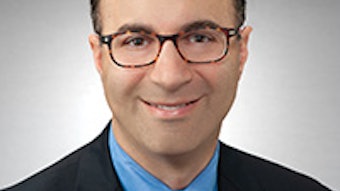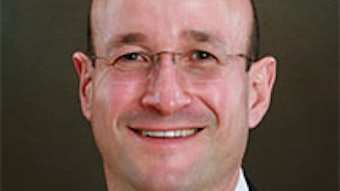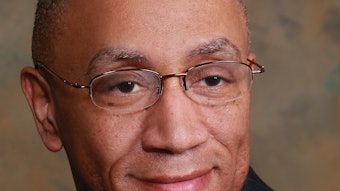Incorporating Advanced Practice Providers into Your Practice
Congratulations! Now that you have recruited an advanced practice provider (APP), we will review the final crucial steps for successful integration into your practice—onboarding tips and optimizing financial relationships. In the prior three APP Bulletin articles in this series, we reviewed APP training and scope of practice, the benefits of working with APPs, and recruitment and contracting.
Part IV: Onboarding and Financials
Wendy B. Stern, MD
Congratulations! Now that you have recruited an advanced practice provider (APP), we will review the final crucial steps for successful integration into your practice—onboarding tips and optimizing financial relationships. In the prior three APP Bulletin articles in this series, we reviewed APP training and scope of practice, the benefits of working with APPs, and recruitment and contracting.
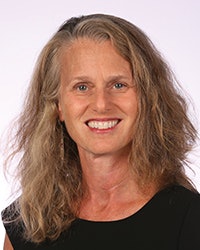 Wendy B. Stern, MD
Wendy B. Stern, MD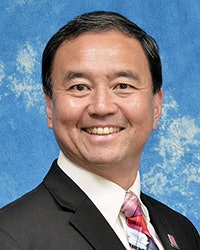 Ken Yanagisawa, MD
Ken Yanagisawa, MDI have invited Ken Yanagisawa, MD, immediate past Chair of the AAO-HNS Board of Governors and managing partner of Southern New England Ear, Nose, Throat and Facial Plastic Surgery Group, LLP, to discuss onboarding and financial aspects of APP integration.
What education materials and resources do you offer for your APP?
The designated supervising physician should spearhead the education of your new APP employee. An overview based on selected otolaryngology textbooks, Academy U® offerings, and the AAO-HNSF Clinical Practice Guidelines should be studied and jointly reviewed to teach best practices, standards of care, and recognition of expected and variant outcomes. Coding sessions must be included to ensure proper levels of coding and appropriate supporting documentation. ALL questions and concerns should be encouraged and welcomed to create a trusting, supportive, and collaborative relationship. Highly recommended is attending the Academy’s annual ENT for the PA-C conference, which offers excellent lectures and workshops. On a regular basis, charts need to be reviewed for content and completeness and discussed with the APP.
In Part III, Dr. Stringer mentioned a six-month ramp-up to onboard an APP. Is there a method to the madness?
Many APPs will have little to no otolaryngological experience, and the ramp-up will take approximately six months. In our practice, new APPs shadow each of our 10 physicians and our PAs to understand their practice styles, areas of expertise, and interoffice referral patterns. Patient history and physical exam encounters, under direct supervision with teaching and sharing of pearls and pitfalls, focus on each patient’s condition and presentation and leads to independent encounters based on APP progress and ability. Be sure to include strategies for handling challenging patients (angry, defiant, or simply scared) and learning how to properly channel patient expectations and concerns. Like any new provider, initiate the insurance participation, hospital privileging, and state licensure paperwork early/immediately, as these will take time to process and can ultimately be the bottleneck that restricts your new APP from seeing patients.
What is the best approach for teaching procedures?
In-office procedures such as nasal and laryngeal endoscopy, microscopic ear manipulations, and epistaxis control are thoroughly taught and discussed with each APP. The APP is closely supervised and evaluated as they perform each procedure. Immediate feedback and suggestions for improvement are offered until the APP has honed and perfected their skills.
APPs need their own National Provider Identifier (NPI) number. Can you explain incident to billing?
When APPs bill directly for their services, they are reimbursed at 85% of the Medicare Physician Fee Schedule. “Incident to” is at times a misunderstood term that permits billing at 100% of the Medicare Physician Fee Schedule as if services were performed by the physician using the supervising physician’s NPI. Only established problems in established patients with an established plan overseen by the physician can be billed as “incident to;” new patients or even new issues in an established patient are not permitted. Strict rules apply including office (not hospital or skilled nursing facility) visitation, physician presence in the office at the time of the visit, and proper documentation. If “incident to” is used, exercise caution as penalties will ensue if all conditions are not met. Since “incident to” credits and reimburses the billing physician, make sure you have a system to distinguish and track the APP’s charges and payments, as well as their MIPS-related activities such as Quality measures.
How do you incentivize your APP?
Financially, we guarantee a base salary, which is annually increased based on a consumer price index. Bonuses are offered annually for any APP attributable income that exceeds a mutually agreed-upon threshold, as well as around contract signings. From a quality of life standpoint, our APPs are offered generous vacation time in addition to the ample PTO and benefits that all our employees are offered. We include payment of dues, malpractice, and a continuing medical education allowance. Appreciation incentive is key—let your APP know when they are doing a good job and thank them for their contributions to the practice. Precious positive reinforcement fortifies lasting relationships.
Parts I-III in this series were published in the March, April, and May issues of the Bulletin. You can find them all online at https://bulletin.entnet.org/.

